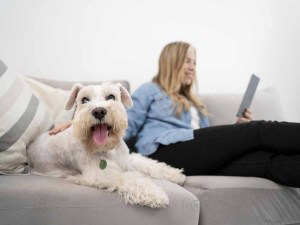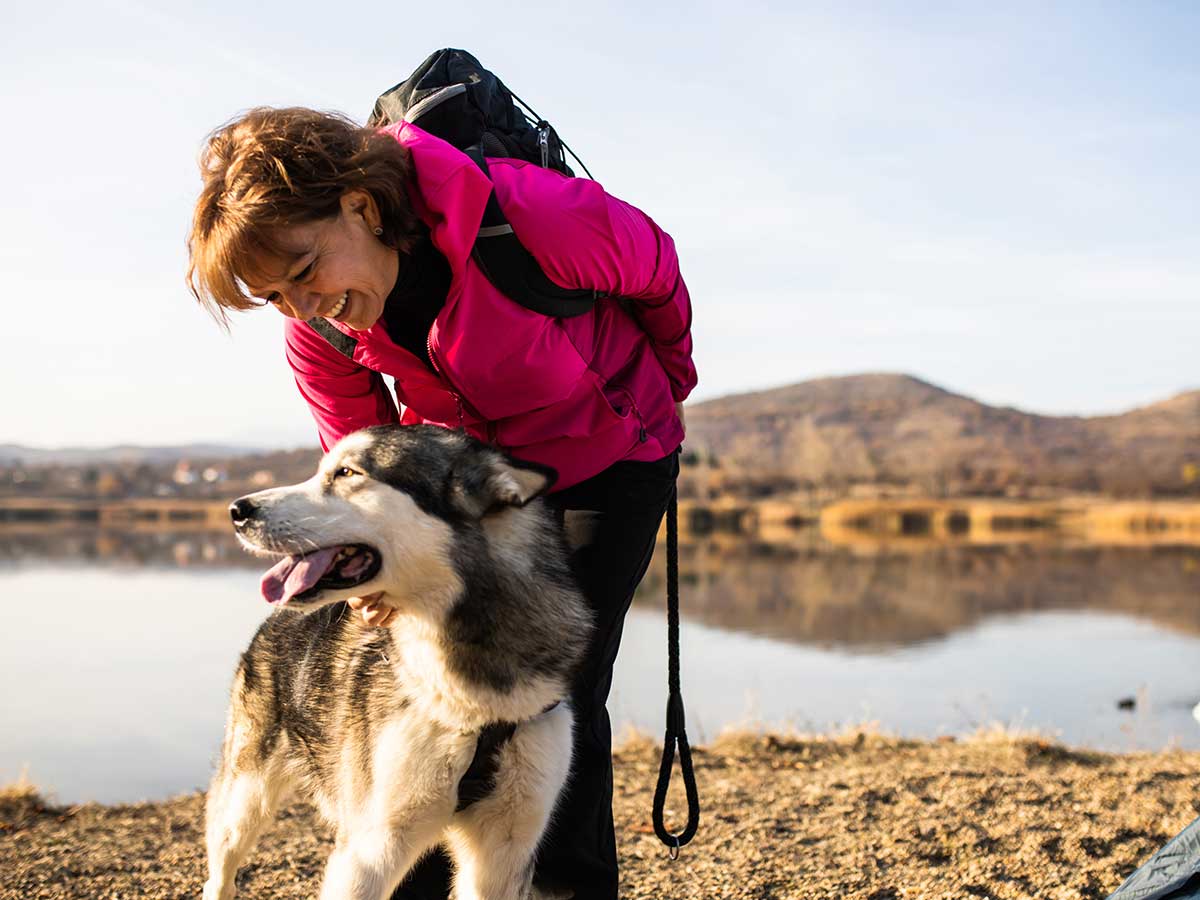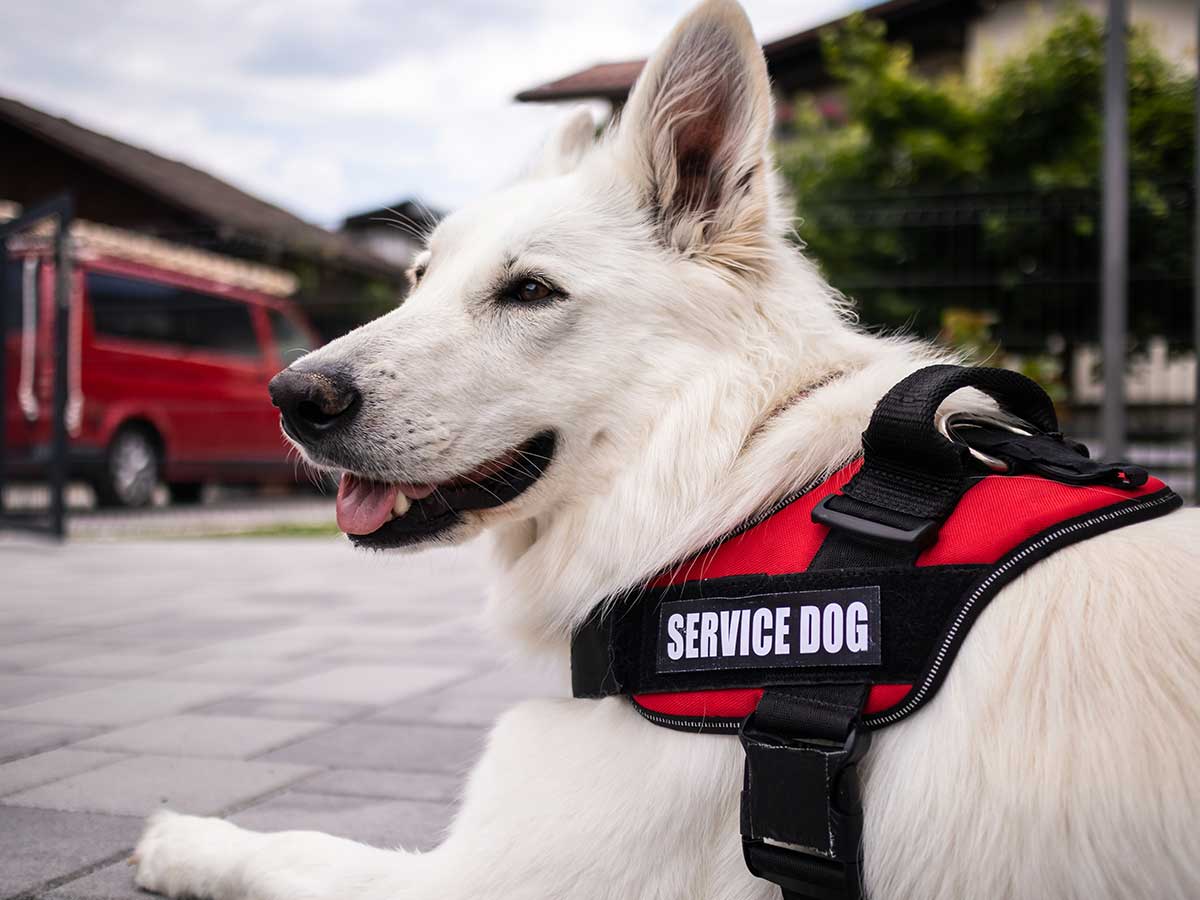Dogs are not only man’s best friend; they are also his oldest one. Although historians agree that dogs were the first domesticated animal, there is debate on how long ago and where the friendship began.
Based on DNA evidence, most researchers believe that the furry, warm-nosed companion beside you descended from a group of gray wolves that has since become extinct1. Those canny canines figured out that if they hung with early hunter-gatherers rather than going it alone, they could live off what they could scavenge from the humans.
Scientists speculate that friendship bloomed when those humans began taking in wolf pups, which led to socializing them from infancy. And since wolves instinctively operate in packs with a clear hierarchy, humans easily assumed the role of alpha wolf, establishing themselves as Those Who Must Be Obeyed.
And there was a pay-off when man and tame wolf became a dynamic hunting duo. Humans’ skills and savvy combined with wolves’ speed and sense of smell turned them into complementary partners who tracked, captured, and devoured prey to their mutual benefit.
Humans offered wolves a reliable food source; tame wolves provided physical warmth and acted as early warning sentries when strangers or predators approached.
The animals that accepted this relationship evolved into more and more obedient companions until, many generations later, we had domesticated dogs and their feral gray wolf forbears died out.
How dogs are like wolves
● Our pets still share many traits and instincts with their wild ancestors. Both:
● Rely on their senses to understand the world
● Guard their master’s home
● Defend their territory
● Scavenge when left to their own devices
● Bury bones if given the opportunity
How dogs are unlike wolves
Despite a close genetic makeup, gray wolves and domestic dogs are dissimilar1. Dogs:
● Have foreheads that are more domed than wolves’
● Have smaller skulls, brains, teeth, and paws compared to equally sized wolves
● Have tails that tend to curl upwards, unlike wolves’
● Relish having a job to do, from herding livestock to helping the blind
References:
1. Dog vs Wolf. Diffen. Diffen LLC, n.d. Web. 2 May 2017. https://www.diffen.com/difference/Dog_vs_Wolf
Want to share this article?
More like this
Top five ways to love your pet
Your furry friend loves you unconditionally, so show your dog or cat that you love them right back.
Choosing a litter box
Fluffy is unique, so her litter box should be too. Make sure you’re choosing the right one.
Could you raise a service dog?
Interested in raising a service dog? Here’s what you need to know.





 Go To United States
Go To United States Austria
Austria Belgium
Belgium Czech Republic
Czech Republic Denmark
Denmark Europe
Europe Finland
Finland France
France Germany
Germany Greece
Greece Hungary
Hungary Ireland
Ireland Israel
Israel Italy
Italy Netherlands
Netherlands Norway
Norway Poland
Poland Portugal
Portugal Romania
Romania Spain
Spain Sweden
Sweden Turkey
Turkey United Kingdom
United Kingdom